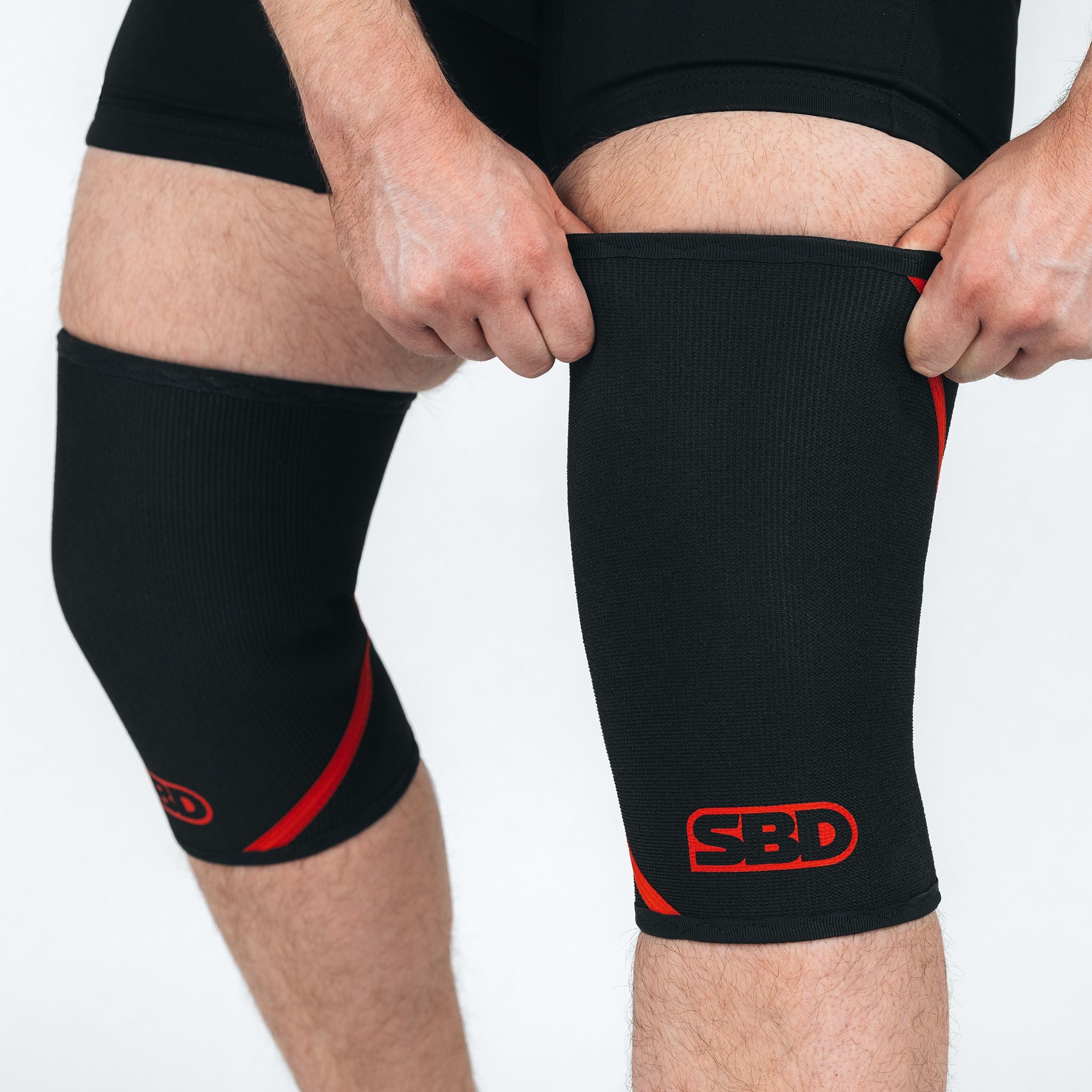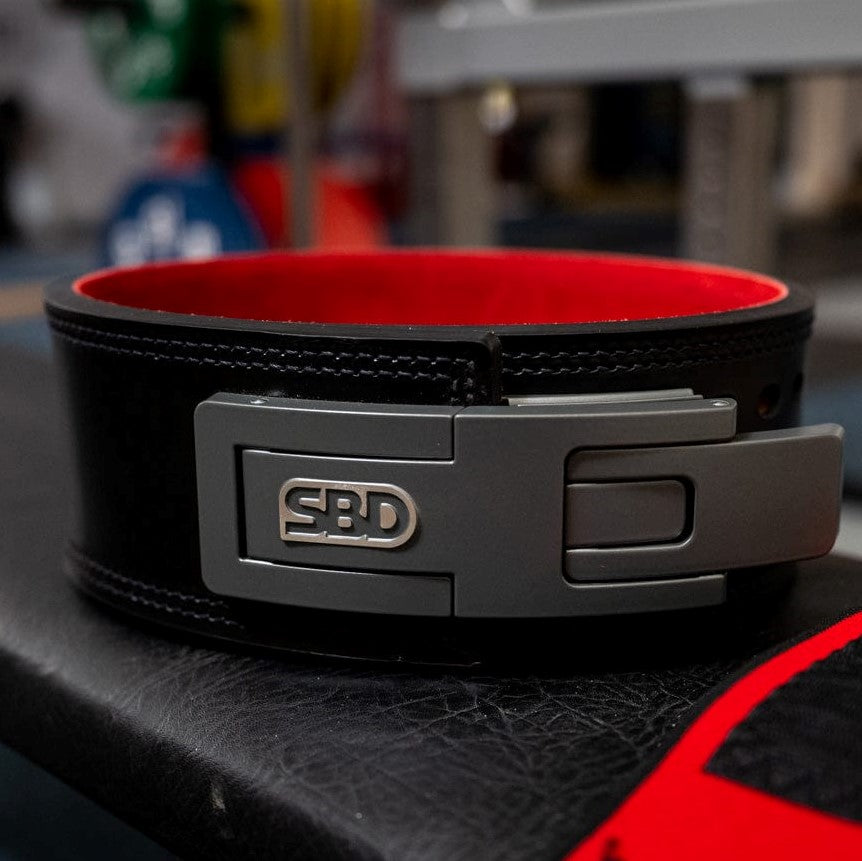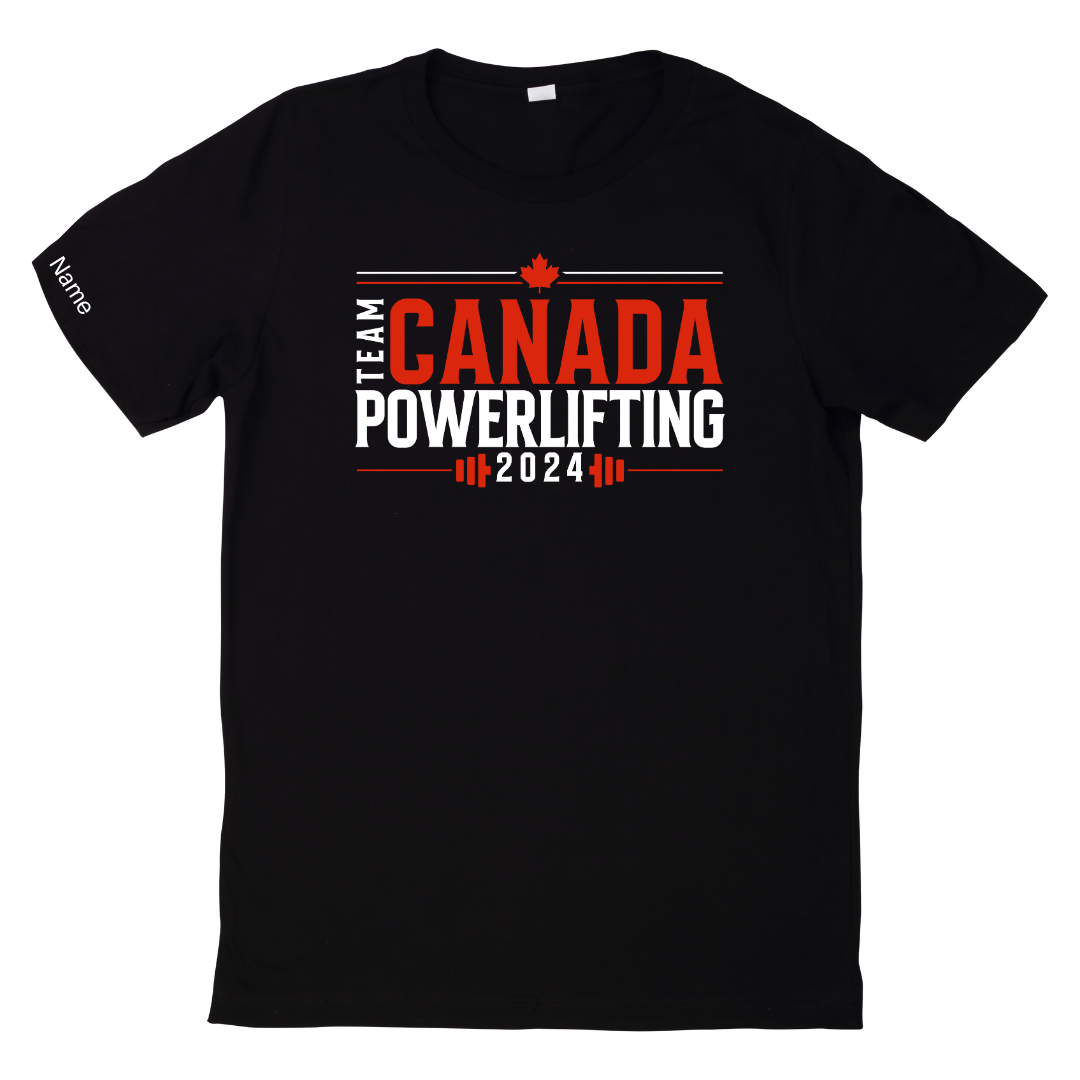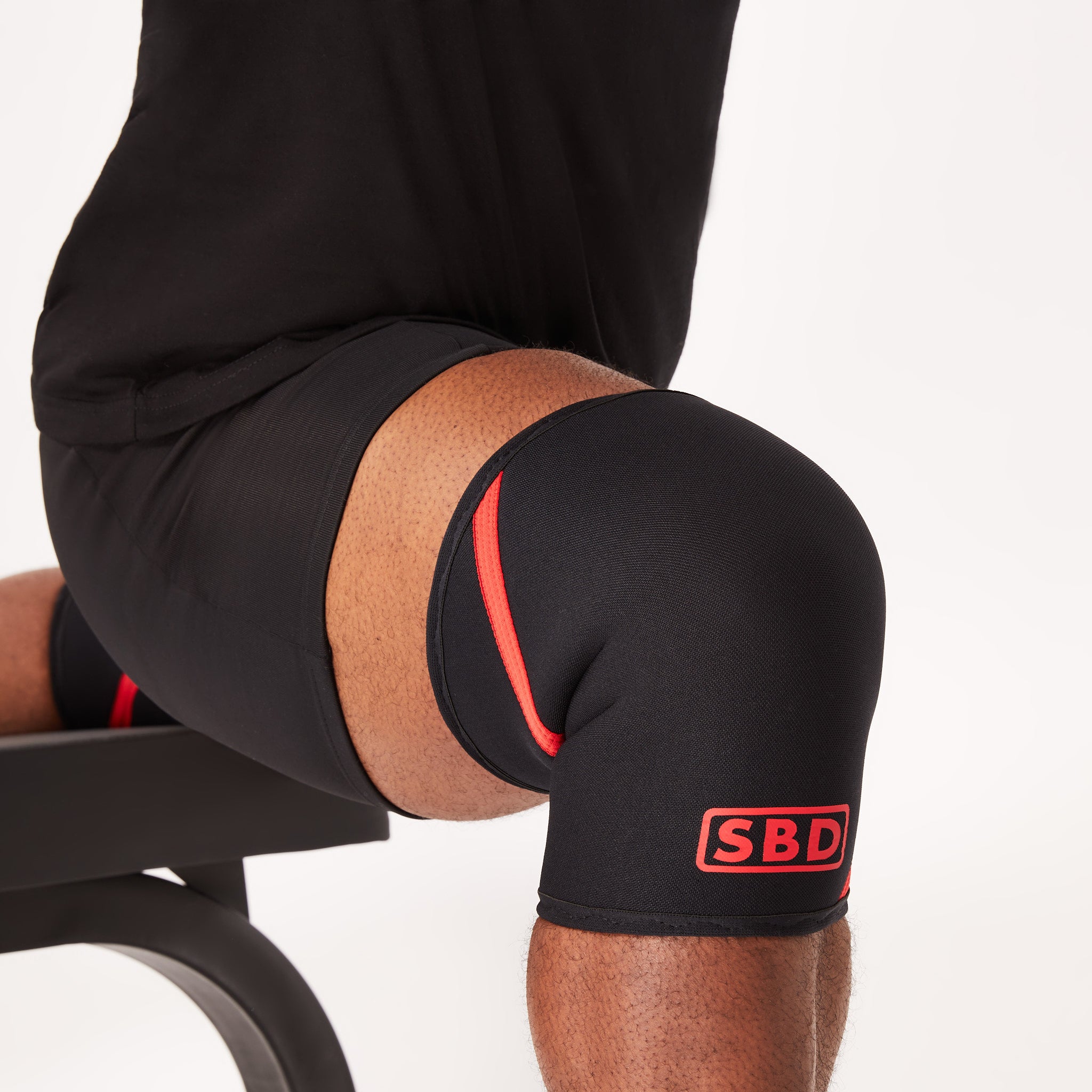Setting Goals
by Erik Willis
Setting quantitative goals is a very important part of going to the gym. You are able to actually measure your progress if you make these kinds of goals (and track them). For example, your goal is to have a massive chest but all you do is go to the gym and hap hazardly hit some bench, incline, and flyes without tracking what you’ve done in the past then you will likely have a hard time. If you set goals like I want to bench 405lbs, and work towards that goal, it is easier to chip away at, and guess what I don’t know many people benching 405lbs with a small chest. These quantitative goals can help keep you motivated because every time you edge closer to that goal it feels that much more attainable, but when you look in the mirror it may be hard to see progress.
If you currently have a 225lb bench and you just set the goal to bench 405lbs, it may take you 5 or more years to get there. This is why having short, medium, and long term goals are important to help keep you motivated. One way to set all these different lengths of goals is to look at your long term goal and think about what you need to do to get there and set other goals based on that. It is important to be realistic with yourself when setting these intermediate goals because it can be discouraging when you don’t hit them in the time frame you wanted.

It is important to keep track of all your goals, and as a part of that keep track of your current bests. Not all your goals need to be 1 rep maxes either, repetition and volume goals and records are also good to keep and can be a good indicator or how close you are to your 1 rep goals.
I personally keep track of all my rep maxes from 1 rep to 10 reps for a bunch of variations of squats, bench, and deadlift. This way when I go into the gym I can set the short term goal of beating one or more of those previous bests. Now if you have a coach who is writing your program you should 100% listen to them and follow what they say, but if they program a set based on a rate of perceived exertion or as many reps as possible, then knowing what you’ve done in the past can help set goals for what to do.

Another good reason to keep track of these rep maxes is they can be used as an indicator of where your 1 rep max is. There are a number of different formulas and tables to help gauge where your 1 rep max is based on certain rep maxes. They aren’t 100% accurate, and they produce widely inaccurate numbers when using higher rep sets. Though I use them to determine approximately where my 1 rep max is because I rarely test it in training. If I hit the rep maxes from 2 to 6 that correspond to a certain 1 rep max, then there is a good chance my 1RM is close.
I personally use my goals and current rep maxes to set up a training cycle. I look at what my current rep maxes are and when I hit them and based on that come up with a plan on how to hit those numbers and eventually hit new personal bests.
The spreadsheet I included(see below) is a new version of one I’ve been using for the past 3 years. It has spots to include rep maxes for a number of variations that you can type in whatever you’d like. Just note that the rows for “Low Bar Squat”, “Bench Press”, and “Conventional Deadlift” are tied to the table below it. If you are a High bar squatter simply just change that title to High Bar Squat.
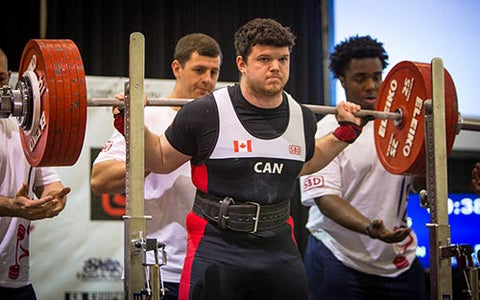
The bottom table is set up for rep maxes based on percentages. Input your long term goal into the green cell and it will populate 1RMs in 5lb increments based on the long term goal that you can use as medium term goals. Once you fill in the cells in the rep max table above and you hit numbers higher than the rep max, the cell will turn green. Once you hit your long term goal, simply enter a new one and the table will sort itself out.
The second sheet is a meet planning sheet. Simply enter your maxes in kilos at the top and then enter your competition (or mock meet dates), and your goals for said meets (in kilos). The spreadsheet will then tell you how many days until the meet, how many kilos you need to add to each lift, and how many kilos per month you need to add. You can use that value to help determine how realistic your goals are. If you need to put on 15 kilos a month on your squat, then you may need to lower your expectations for that meet. There is also a spot to put in records to give yourself some ideas on what you can shoot for.
Good luck in whatever your goals may be!
Download Erik's spreadsheet here.
Erik Willis is an internationally ranked 120kg powerlifter and aspiring antenna engineer. He started competing in 2012 and now is training in the depths of his basement looking to get better every day. You can find him on Instagram at @erikwillis or on Facebook at http://www.facebook.com/erikwillispl.


